Key Takeaways:
- Hearing aids come in different levels of technology that range from standard to premium.
- The main differences between levels are in the customization of fine-tuning (number of channels) and the level of background noise support.
- The most important aspect of hearing technology is that it is fit properly for your hearing loss.
- Choose the level that best fits your budget and needs.

Every few years, each of the major hearing aid manufacturers release a new product line. Typically the new line includes updated noise reduction, sound-processing algorithms, batteries, and Bluetooth connection enhancements.
But that's not the end of the story.
Within these product lines, hearing aid manufacturers also offer a choice between premium, advanced, and standard-level technology. On the outside the products look identical but on the inside they offer a sliding scale of features.
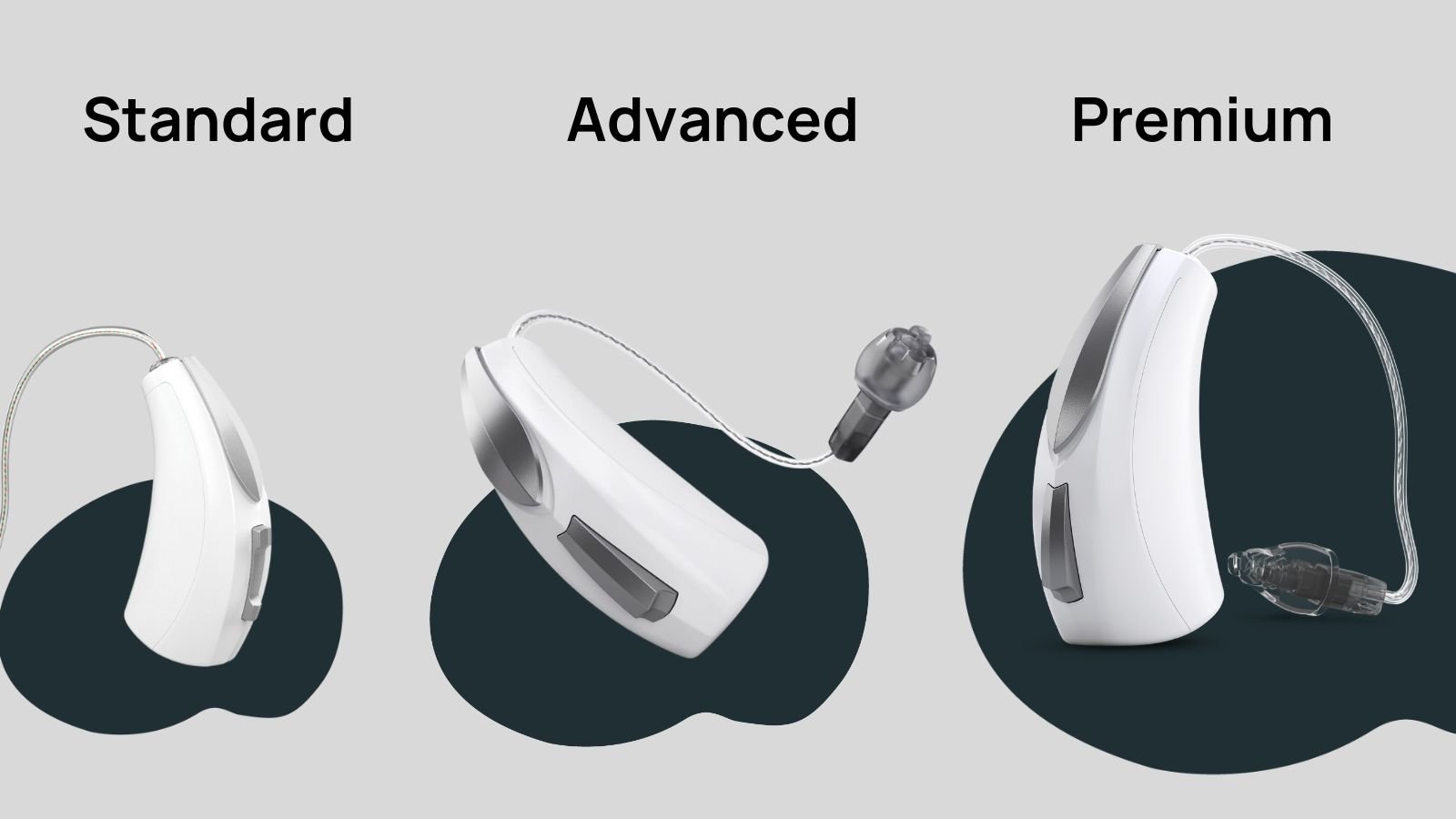
In this article, we'll dig into the differences between premium, advanced and standard-level hearing aids to help you decide which type of technology is right for you.
Prefer to watch?
Click play below for a simple explanation from Dr. Amy Sarow. �
Features come second to accurate programming.
To understand hearing aid technology levels, let's use a car analogy. When you buy a car, you can get it with many extra features or more basic features.
Both vehicles will get you where you need to go, but the more deluxe one will be more comfortable with those additional features.
This analogy holds true for hearing aid technology.
Regardless of the technology level, a hearing aid's most crucial aspect is providing the right volume for your specific hearing loss.
Customization usually happens with an audiologist who tests your hearing and programs your devices.
Newly released OTC hearing aids allow customization through an app and onboard test.
The additional features available through premium technology will only matter if your hearing aid is appropriately programmed for your hearing loss.
Let's look at a few examples of premium features.
Premium Hearing Aids Come With More Precise Programming
Your audiologist can adjust premium hearing aids more specifically to fit your hearing loss. ReSound NEXIA offers 17 bands of adjustment in their premium NEXIA 9 product and 12 in their standard NEXIA5 product.
Premium Hearing Aids Reduce Background Noise

Premium hearing aids typically come with special features to increase listening comfort in background noise.
For example, Starkey's top-end Genesis AI 24 offers enhanced wind noise reduction and better directional microphones than lower technology levels in the same family. Genesis AI 2400 also includes a 360 microphone that assists with automatic adjustments in complex environments like a party or airport.
Some hearing aid brands also give customers more control through their smartphone app, depending on their chosen technology level.
For example: at the premium technology level, Resound NEXIA offers a user-selectable program called "Front Focus" that can provide additional focus on the speaker in front of you while reducing background noise.
Again, this specific program is only available in the premium level of technology.
Every brand publishes a full matrix that outlines the differences between their premium, advanced and standard tech.
Here is a 2023 example from ReSound 👇
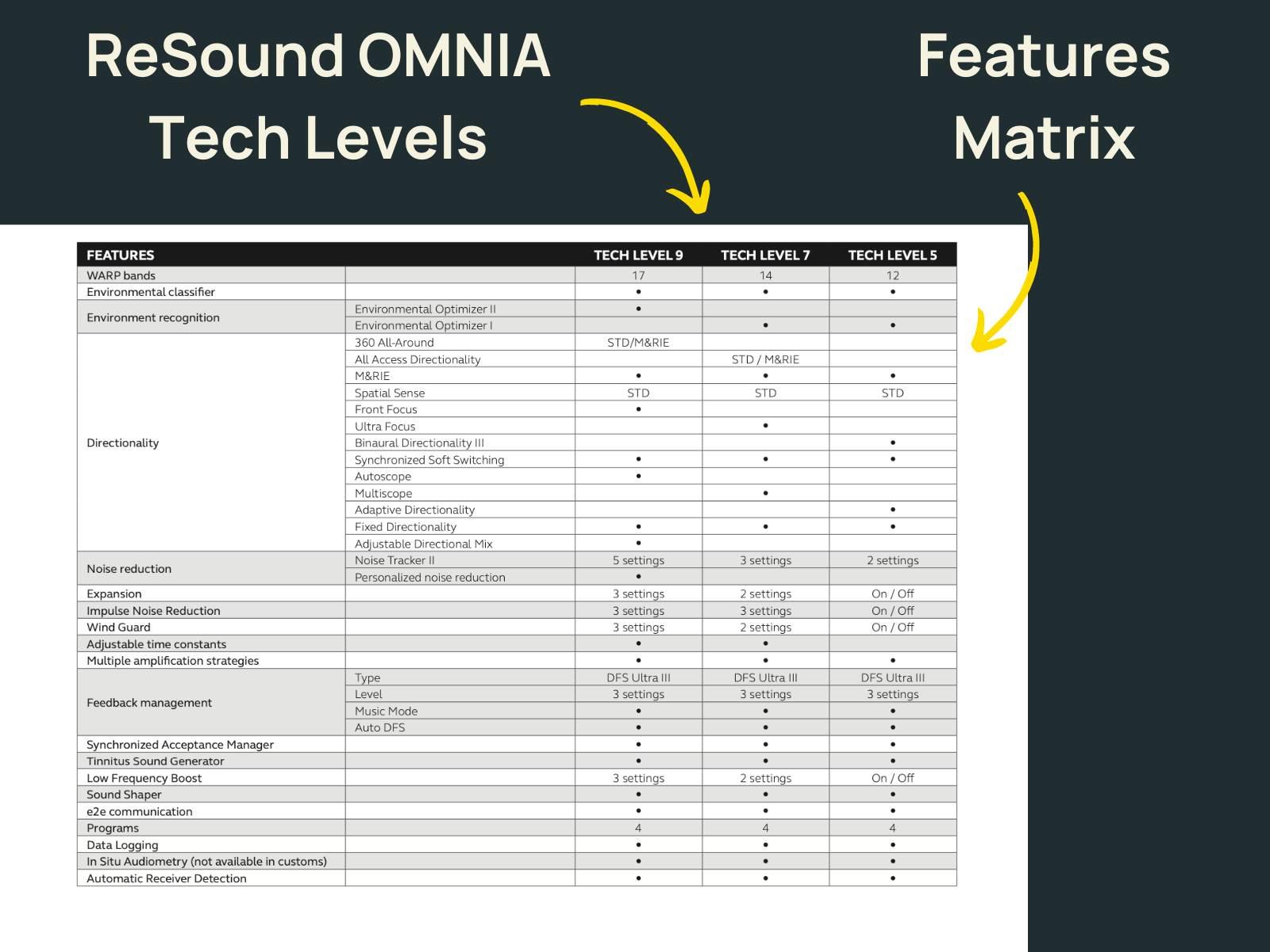
If you are eyeing a specific brand or product you can use our "shop" section to access key technology level differences and a link to each brand's latest feature matrix. Here's our breakdown for NEXIA.
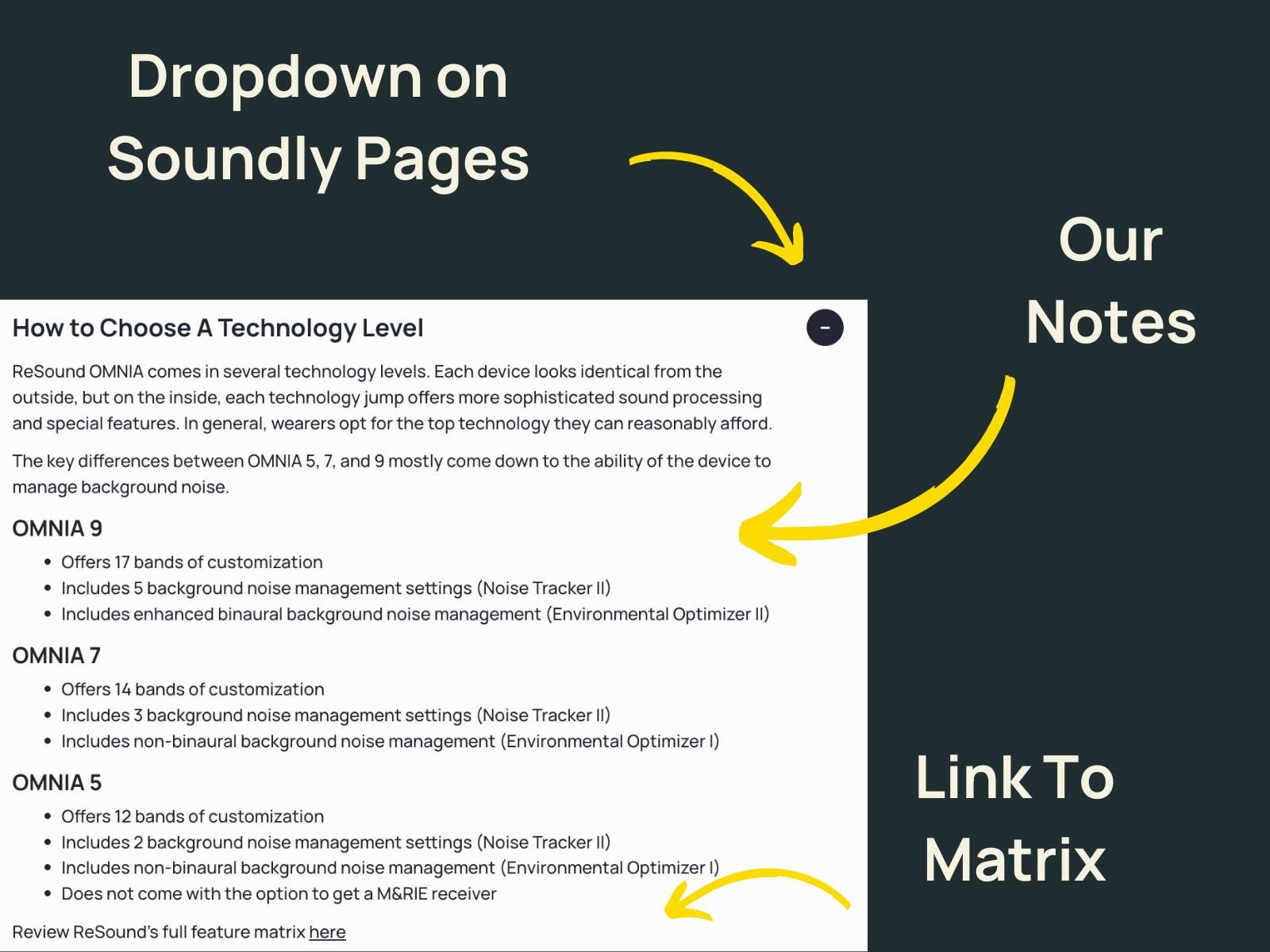
Studies find that technology level mostly effects comfort.
The most important benefit of any hearing aid is speech understanding.
More advanced technology doesn't necessarily mean better speech understanding, but it can offer a more comfortable listening experience.
I've had patients report a more comfortable sound quality in background noise with premium technology versus standard technology.
However, according to a study from Dr. Ruth Bentler at the University of Iowa, objective testing in a laboratory setting shows no difference in speech understanding between standard and premium technology levels from the same brand.
So while higher technology can offer a more comfortable listening experience, there is no evidence to support a higher level of technology offering enhanced speech understanding.
If you don't have the budget to purchase a premium pair of hearing aids, take heart that you can still receive the benefits of better hearing at the standard level.
If budget is not a concern, you'll want to get a pair of premium devices for the most comfortable experience.
Premium Vs. standard and advanced hearing aid prices.
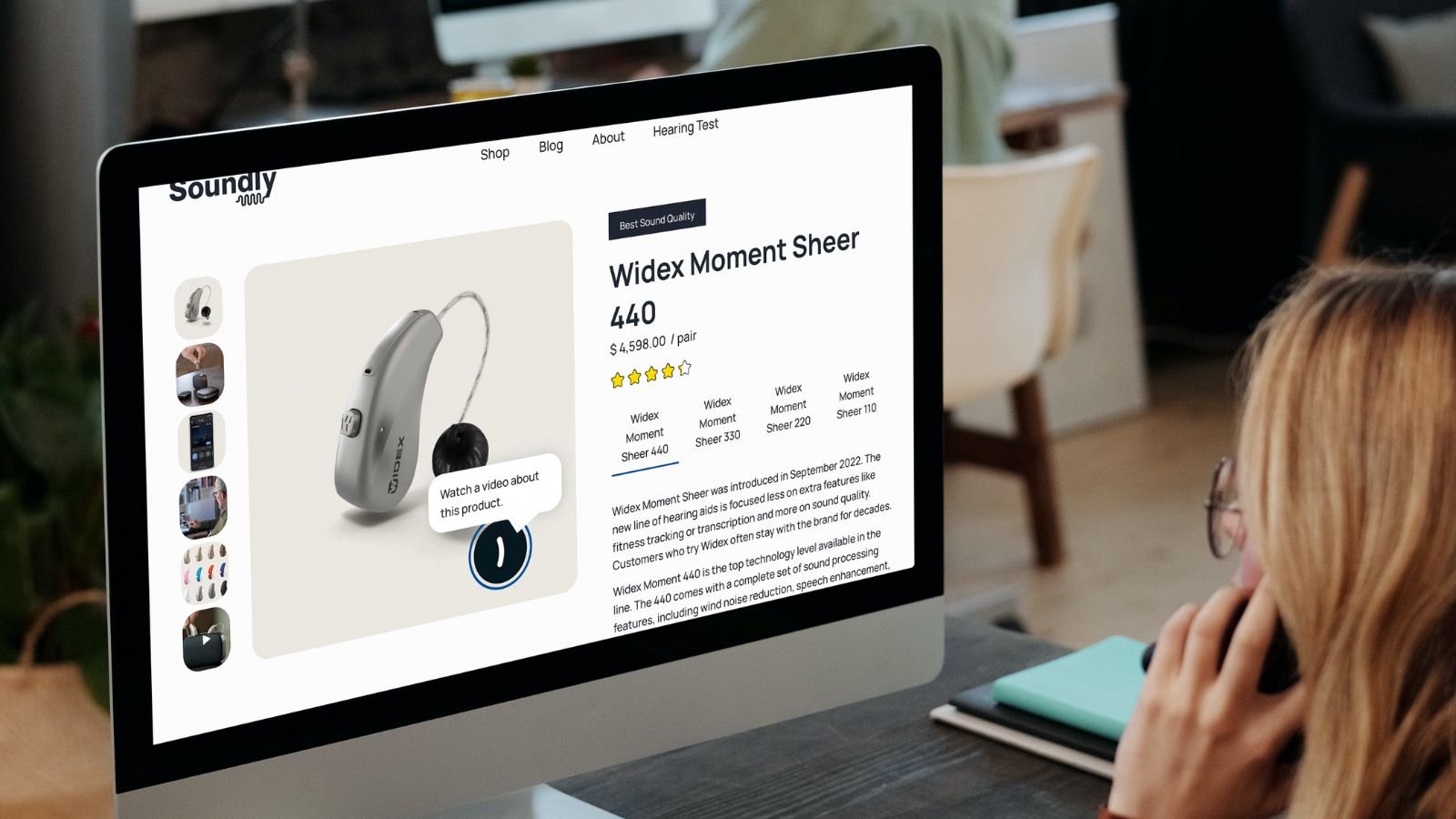
As you might expect, premium hearing aids are more expensive than other models. You can use the "shop" tab on this site to compare technology levels for all of the leading products on the market. With each jump in technology, you can expect prices to increase by around $500-$1,000/pair.
Here's a quick example 👇
What can you expect if you opt for a budget technology level?
Advanced Technology Level
At the advanced level, you will still get good sound quality but with fewer features than those available in premium models. For example, you will still get noise reduction but not quite as much as those found in premium models; likewise, with directional microphones and feedback cancellation, the difference won't be as noticeable or effective as those higher tech levels offer. Similarly, advanced models still offer adjustable settings but not as many options as those found among premium models.
For example, in Phonak Lumity hearing aids, the tap control feature is available in premium and advanced-level hearing aids but not in standard technology.
Standard Technology Level
The standard level of technology offers audibility and adequate sound quality but with fewer features than advanced or premium models. Even though they may have some similar features (e.g., noise reduction), a higher tech level will be more effective and powerful.
For example, a hearing aid in standard-level technology will offer some support in background noise. Still, it won't have specific programs to differentiate between background noise in a car versus background noise in an auditorium or other settings.
How to Decide Which Level Is Right for You
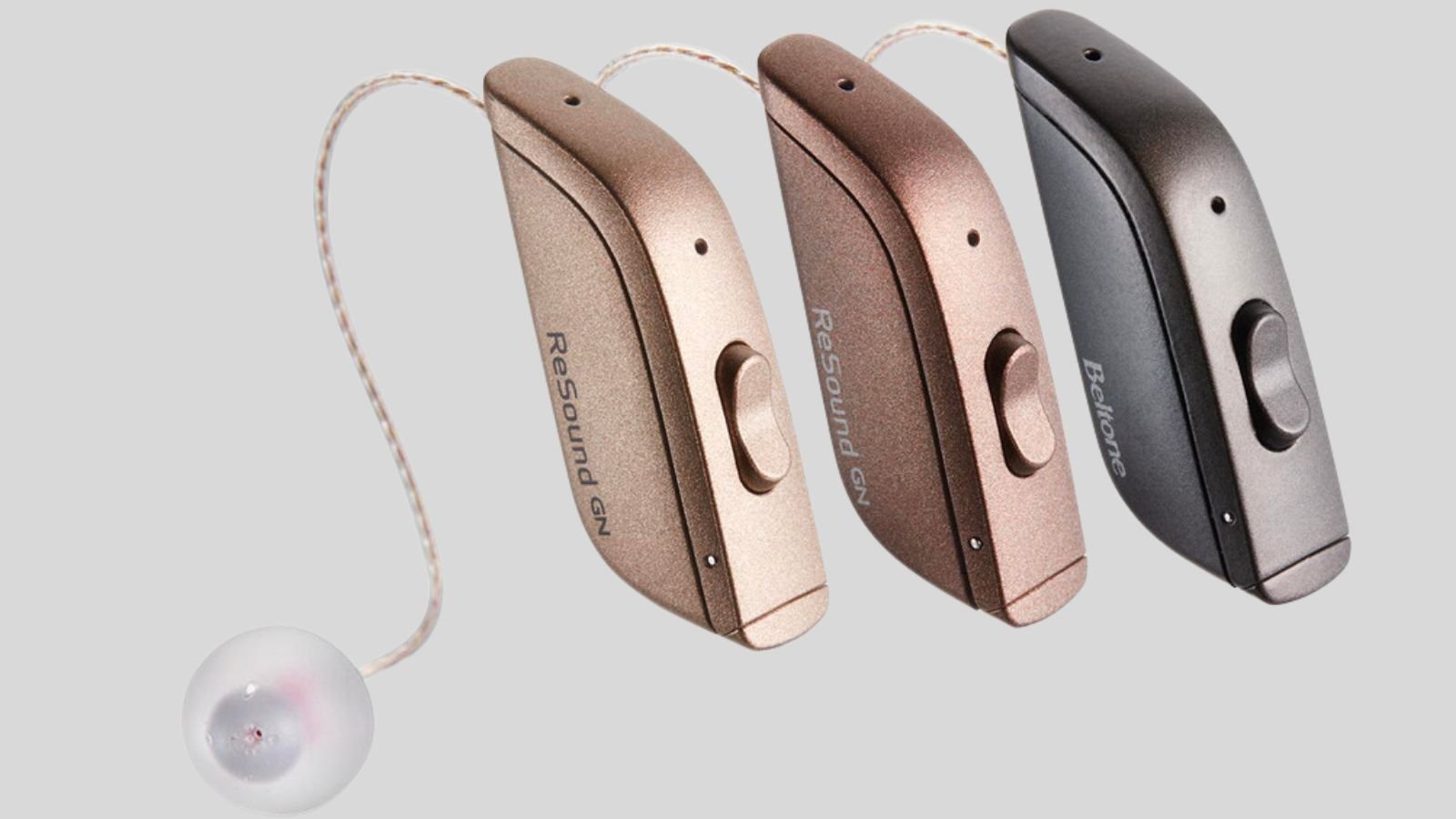
When considering the level of technology, think about both your budget as well as your communication needs.
If premium-level technology is within your budget, it will provide you with the most comfortable and customizable hearing experience.
If you cannot afford premium technology, remember that the most crucial factor is an appropriately fit hearing aid. Millions of hearing aid wearers choose standard-level hearing aids each year with great success.
Ultimately only you can decide which type of technology best suits your needs when choosing a hearing aid device—but hopefully, this guide has provided some helpful information along the way!



.jpg)


